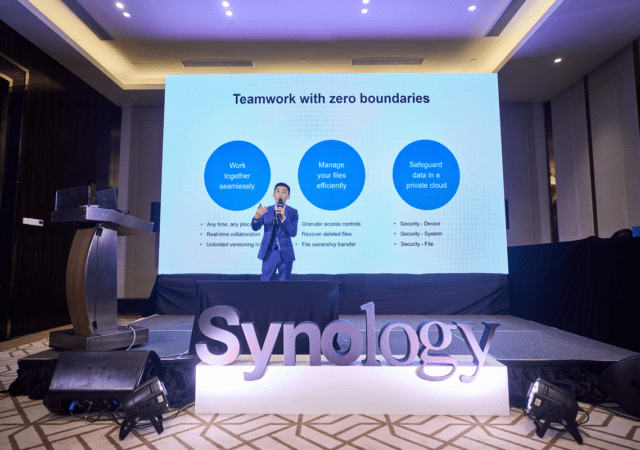Discover how Lenovo’s advanced technologies such as high-performance computing, AI, and spatial computing can improve production processes.
Navigating the Transformation Paths in the Architecture, Engineering, and Construction (AEC) Industry
Intuitive design software and earth-friendly material are part of the AEC industry evolution. Keeping up with the times with architecture key.
The Role of Technology in Transforming Jobs and Supercharging Careers
In an era of transformation, learn how technology-enabled learning & AI-guided career counselling are giving individuals new career opportunities in Malaysia. 96% of employers plan to use GenAI technologies in 2024.
Own an EV with CelcomDigi’s Easy360 Plans for as Low as RM299 a Month!
CelcomDigi is upping the ante and making electronic vehicle ownership easy. Get an e-bike from RydeEV with a CelcomDigi postpaid for RM299.
Back to Normal Comes with Recruitment Woes & An Increasing Role for AI in SMEs
Post COVID, SMEs are finding it hard to compete for talent with MNCs. However, they can compete with the right technology and mindset.
Synology Empowers Malaysian Businesses with Cutting-edge NAS Solutions
Synology Solutions Day showcases how to increase data security and productivity for businesses in Malaysia through customized NAS servers and DSM. Solutions include Data Management, Data Protection, Productivity Enhancement, and Surveillance.
Unity Software layoffs 1,800 or 25% of their staff in “reset”
Unity Software Inc., a big player in video game engine software, has hit the reset button and is laying off 25% of their workforce (1,800 jobs). This news comes as part of the new interim CEO Jim Whitehurst, former CEO…
How Technology Changes Company Thinking And Company Performance
This article is contributed by Varinderjit Singh, General Manager, Lenovo Malaysia While I think most of us would expect large organizations to include forward-thinking technology in their overall business strategies, we’re starting to see this with SMBs as well, including…
Adopting New (Virtual and Augmented) Realities for Manufacturing
Augmented & virtual reality is changing the game of the manufacturing industry. AR/VR allows efficiency, enhanced employee training & cost cuts. Contributor Varinderjit Singh from Lenovo Malaysia explains the use of AR/VR in manufacturing.
What Might the Next Decade Bring for Computing?
New technologies can take many forms. Often, they come from generally straightforward, incremental product advances over the course of years; think the Complementary Metal-Oxide-Semiconductor (CMOS) process shrinks that underpinned many of the advances in computing over the past decades. Not…

















